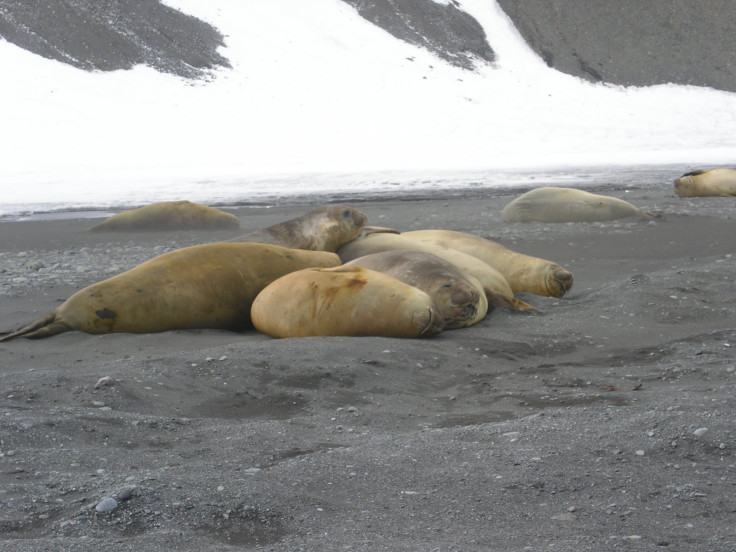Bird Flu Causes Mass Deaths In Fur And Elephant Seal Populations Near Antarctica
Just last week, authorities confirmed that a polar bear in Alaska died after contracting bird flu.

The highly contagious bird flu has been found in the sub-Antarctic island of South Georgia, a UK overseas territory accessible only by ship. It has been found in fur and elephant seal populations for the first time in the region.
The strain was first detected in brown skua birds on Bird Island in South Georgia by the staff of the British Antarctic Survey (BAS) last year in October.
The development prompted scientists to check if other species had also been affected by the disease. They later found a link between the bird flu outbreak and the mass deaths of elephant seals on the island.
Following this, scientists from Britain's Animal and Plant Health Agency (APHA) and the British Antarctic Survey (BAS) spent as many as three weeks collecting samples from dead mammals and birds.
The samples collected from dead elephant seals, fur seals, brown skuas, kelp gulls, and Antarctic terns turned out positive for bird flu.
The death toll on the island now stands at around 100, according to Marco Falchieri, a scientist in the UK Animal and Plant Health Agency's (APHA) influenza and avian virology team.
"My worst fear is an adaptive mutation to mammals, which we are not seeing in these new samples, but we need to keep monitoring," The Guardian quoted Falchieri as saying. An adaptive mutation "could mean it becomes a mammalian-adapted virus, and consequently increases risk for humans too".
North and South America have been seeing severe outbreaks of the virus since 2021. The virus is estimated to have killed millions of wild birds. It has affected other species as well, such as bald eagles, foxes, and kittiwakes.
Scientists have warned that the virus could bring "one of the largest ecological disasters of modern times" if it starts to spread amongst penguin colonies.
Meanwhile, the BAS has suspended all fieldwork that may involve human contact with animals in South Georgia. Boats have also been asked to avoid landing at specific locations on the island, according to the International Association of Antarctica Tour Operators.
Just last week, authorities confirmed that a polar bear in Alaska died after contracting bird flu. The bear was found near Utqiagvik in October of last year, but its death due to bird flu was confirmed in December. The case is being described as the first such polar bear death caused by the H5N1 virus.
Researchers believe that the virus was most likely brought by birds returning from their migration to South America, as the region has seen a significant number of deaths due to bird flu recently.
What is the bird flu?
Bird flu, also called Avian Flu, is one of the hundreds of deadly diseases transferred between animals and humans. Most avian influenza viruses do not infect humans; however, certain strains are infectious to humans. These include H5N1, H7N3, H7N7, H7N9, and H9N2.
The most common type is the avian influenza sub-type H5N1 virus. Bird flu can infect humans who come into contact with an infected bird. However, it happens only in rare cases.
It typically requires very close contact between humans and infected birds. In 2021, H5N8—the most recent avian flu of concern—was found to have infected a small number of people for the first time in Russia.
Its symptoms are like most other common cases of flu, but it could turn fatal when it worsens into an acute respiratory disease. Some of the symptoms of H5N1 include cough, colds, and fever. In severe cases, the lungs can be affected too.
The H5N1 virus has spread from Asia to Europe and Africa since it first infected humans in 1997 in Hong Kong. The virus is endemic in several countries, posing one of the most serious concerns for human health. However, the risk to humans is currently low.
© Copyright IBTimes 2025. All rights reserved.






















